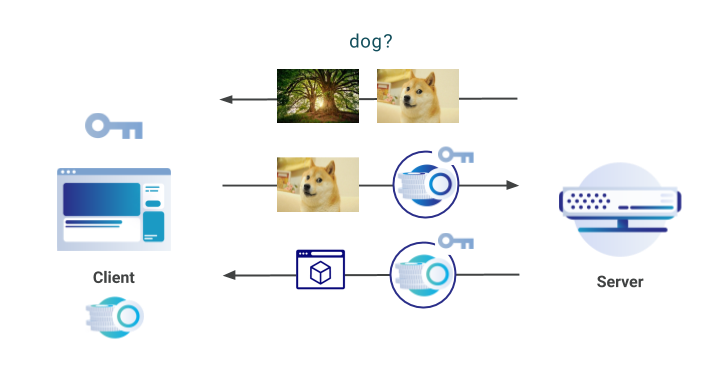How SD-WAN is evolving into Secure Access Service Edge
SASE, pronounced "sassy," stands for secure access service edge, and it's being positioned by Gartner as the next big thing in enterprise networking. The technology category, which Gartner and other network experts first introduced earlier this year, converges the WAN edge and network security into a cloud-based, as-a-service delivery model. According to Gartner, the convergence is driven by customer demands for simplicity, scalability, flexibility, low latency, and pervasive security.SASE brings together security and networking A SASE implementation requires a comprehensive technology portfolio that only a few vendors can currently deliver. The technology is still in its infancy, with less than 1% adoption. There are a handful of existing SD-WAN providers, including Cato Networks, Juniper, Fortinet and Versa, that are expected to compete in the emerging SASE market. There will be other SD-WAN vendors jumping on this wagon, and the industry is likely to see another wave of startups. To read this article in full, please click here




